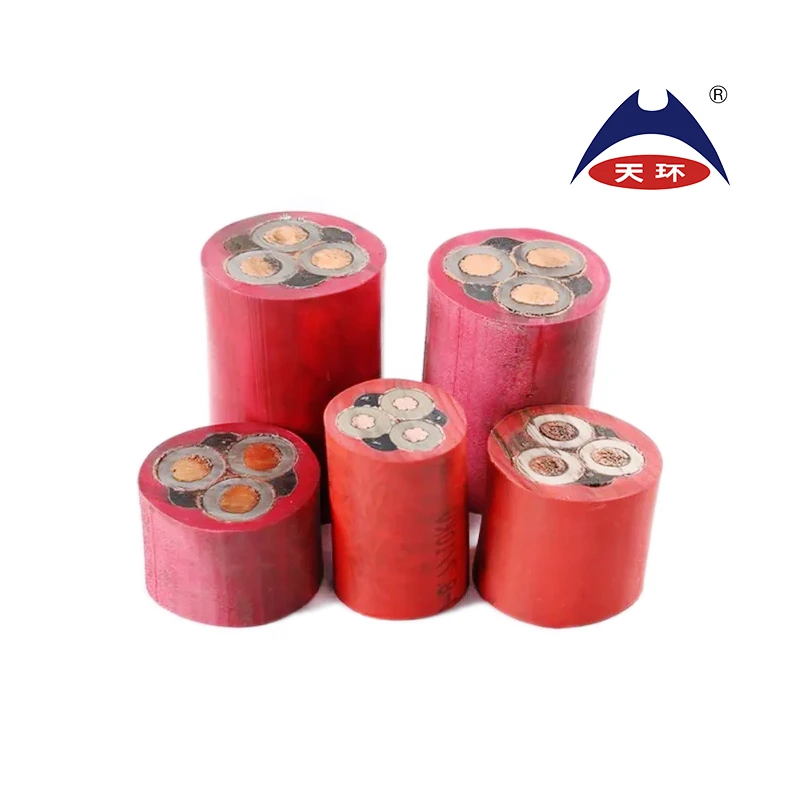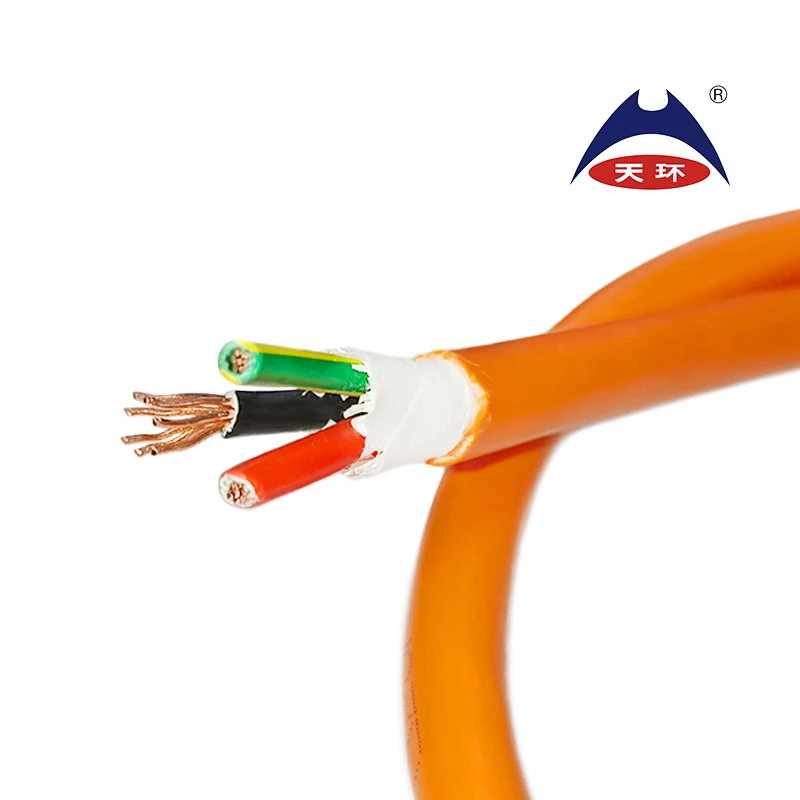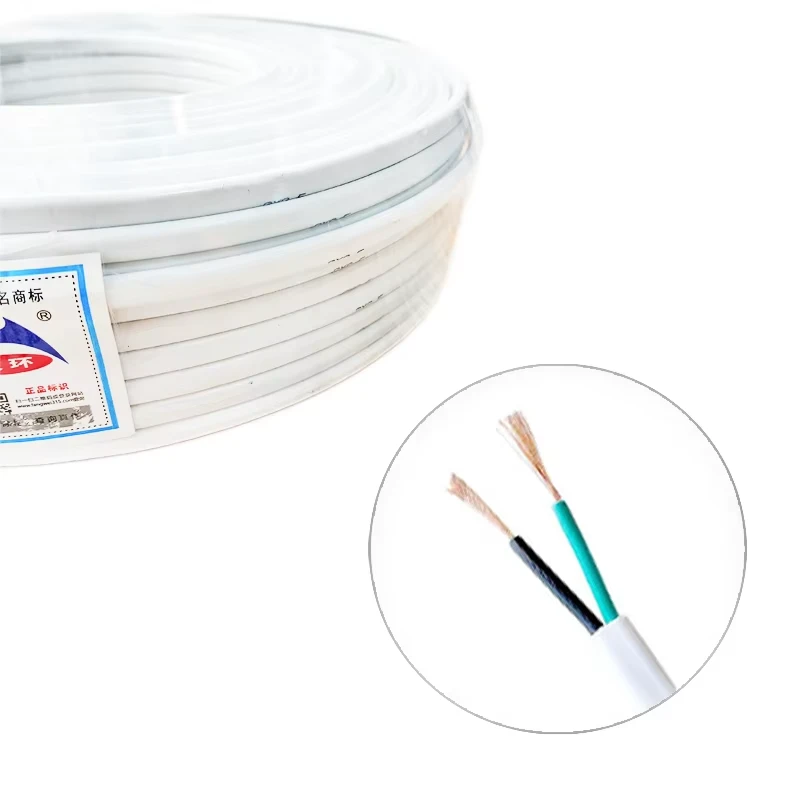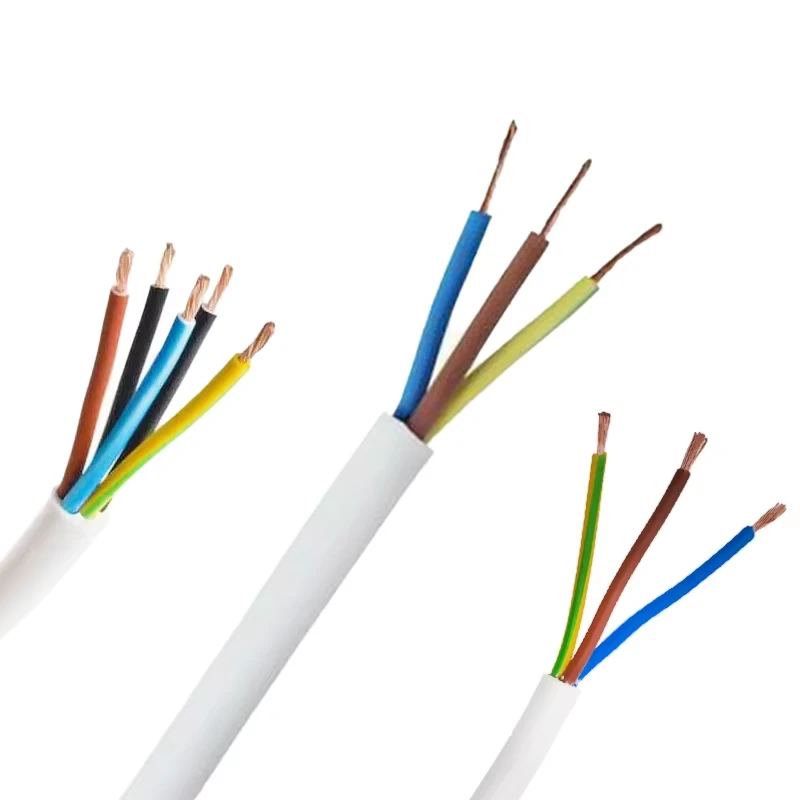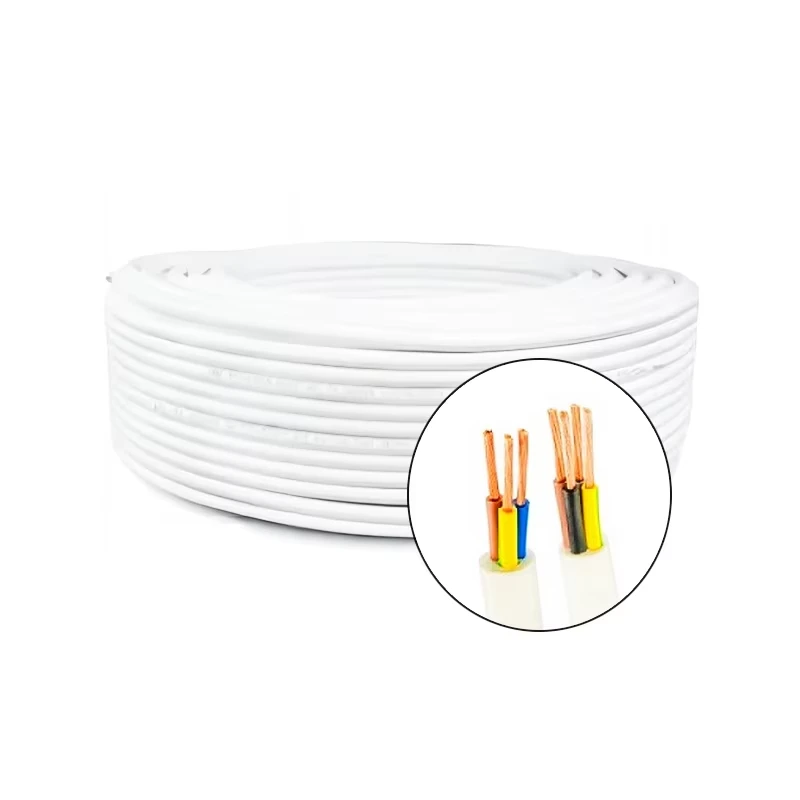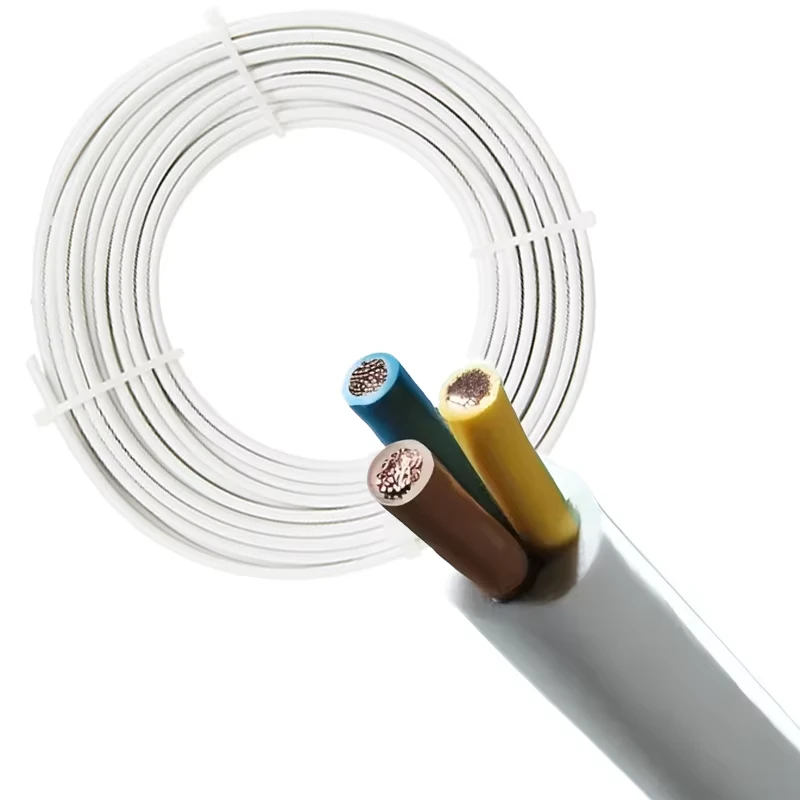
High-Quality Flat TPS Cable – Flexible, Durable TPS CABLE for Electrical Wiring
- Introduction to flat tps
and its significance in modern electrical wiring - Technical features and construction benefits of flat tps and flat tps cable
- Comparative analysis: flat tps vs TPS CABLE vs round cables (with data)
- Key manufacturers overview and product differentiation
- Custom flat tps solutions and industry adaptability
- Application case studies across residential, industrial, and commercial sectors
- Conclusion: The growing demand for flat tps in advanced wiring systems
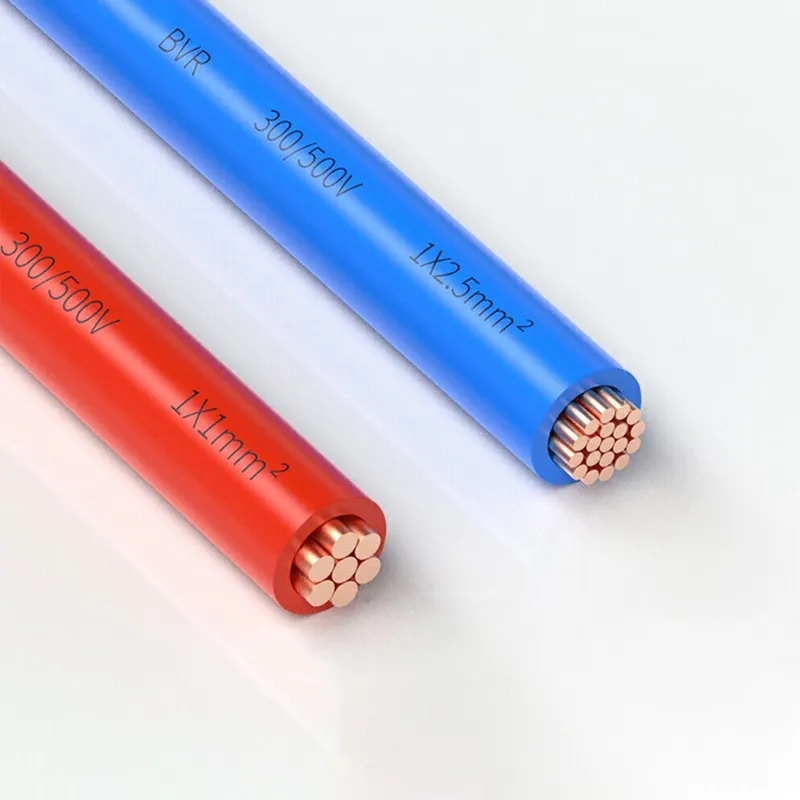
(flat tps)
Introduction: The Growing Demand for flat tps in Modern Electrical Wiring
Over the past decade, the evolution of building infrastructure has increasingly relied on highly efficient and safe electrical distribution systems. Among the various options available, flat tps has emerged as a robust choice, transforming wiring solutions across residential, commercial, and industrial settings. Its unique design offers advantages in space management, safety, and installation speed, making it a preferred choice for contractors and specifiers. Key research indicates a projected annual growth of 4.7% in the low voltage cable market, with flat tps and its related types being significant contributors to this trend.
With global energy demands anticipated to increase by 25% through 2040 (International Energy Agency, IEA), the importance of reliable and durable wiring like flat tps cannot be overstated. Whether for new constructions or renovations, the choice of cabling, especially options such as flat tps, flat tps cable, and TPS CABLE, directly impacts operational safety and cost efficiency. Understanding their characteristics and suitability is therefore essential for stakeholders at every stage of electrical infrastructure planning.
Technical Features and Construction Benefits
Flat tps cable is engineered with a thermoplastic sheath (TPS) and conductors arranged in a parallel flat formation. The TPS insulation meets rigorous standards for flame retardancy and mechanical protection, reducing the risk of electrical faults and fire.
A typical flat tps cable consists of two or three copper conductors with a grounding wire, all housed in a polyvinyl chloride (PVC) sheath. The flat geometry allows for streamlined cable runs along walls, inside partitions, and within ceiling spaces—where round cables often struggle.
- Flexibility: Thanks to their geometry, flat cables are easier to route around tight corners and through narrow conduits, cutting installation time by up to 20% compared to round TPS cables.
- Heat Dissipation: Their increased surface area enhances heat dissipation, yielding cooler operation and prolonging cable lifespan.
- Safety: The robust polyvinyl sheath delivers high dielectric strength (typically exceeding 600V rating), ensuring protection from routine mechanical impacts and environmental moisture.
- Compliance: Most flat tps cables conform to AS/NZS 5000.2 and IEC 60227, meeting mandatory electrical code requirements for multiple geographies.
In modern electrical systems, these benefits translate to fewer maintenance issues, better fire safety, and smoother project workflows.
Comparative Analysis: Flat TPS vs TPS CABLE vs Round Cables
For decision makers, selecting the right cable type—flat tps, flat tps cable, or traditional round TPS CABLE—requires a close look at performance data, installation demands, operational reliability, and cost. Below is a comparative table synthesizing recent industry data:
| Feature | Flat TPS | TPS CABLE (Standard) | Round Cable |
|---|---|---|---|
| Cross-Section Size Efficiency | High (30% less space needed) | Moderate | Low |
| Maximum Voltage Rating | 600V | 600V | 600V |
| Average Install Time (per 100m) | ~60 minutes | ~75 minutes | ~95 minutes |
| Bending Radius | 6 x cable thickness | 10 x cable diameter | 15 x cable diameter |
| Cost per Meter (USD) | $0.74 | $0.69 | $0.64 |
| Rated Lifespan (years) | >30 | 25-30 | 25 |
| Fire Resistance | High (UL94 V-0) | Moderate | Standard |
| Common Applications | Residential, Commercial | Commercial, Light Industrial | Industrial, Specialized |
As evident, flat tps cables deliver significant installation advantages and enhanced safety without substantially increasing costs. This data-driven perspective is critical when assessing cable suitability, especially for projects demanding reliability and long-term value.
Key Manufacturers Overview and Product Differentiation
The global market for TPS CABLE and specifically engineered flat tps solutions features a number of established brands known for quality, compliance, and technological innovation.
- Prysmian Group: A leader in the electrical cable industry, Prysmian offers a full range of flat tps and TPS CABLE solutions compliant with both IEC and regional standards. Their enhanced PVC sheathing and rigorous testing protocols set benchmarks for reliability.
- Nexans: Nexans cables excel in thermal performance, with flat tps offerings rated for continuous operation at up to 75°C. Their cables also feature proprietary anti-rodent and UV-resistant sheaths.
- Olex: An Australian mainstay, Olex specializes in AS/NZS compliant flat tps cable ideal for residential and commercial electrical installations, often selected for major infrastructure programs.
- Havells: A leading Asia-Pacific manufacturer, Havells delivers value-driven flat tps in both standard and custom sheathing options, with a focus on sustainability and recyclability.
Product differentiation primarily manifests in sheath thickness, ease of installation, compliance marks (UL, AS/NZS, IEC), and supported conductor gauges. When benchmarking manufacturers, examining these product specifications alongside after-sales support and local compliance is strongly advised.
Custom Flat TPS Solutions and Industry Adaptability
Dynamic construction requirements and specialized industrial applications are increasingly driving demand for tailored flat tps cable. Customization extends beyond conductor number or gauge, encompassing sheath materials, enhanced EMI shielding, color coding for safety, and integrated smart features for IoT connectivity.
- Length and Gauge: Project-based cable lengths (50m, 100m, 500m), oversized conductors for high-current demands, or reduced-gauge variants for lightweight applications are available on request.
- Smart Integration: Custom TPS CABLE solutions include built-in diagnostics or temperature sensors, allowing real-time monitoring as part of smart building platforms.
- Environmental Adaptation: Options for UV resistance, anti-rodent compounds, or halogen-free sheathing support deployment in tunnels, exterior facades, or food processing environments.
- Compliance and Branding: Manufacturers offer private labelling and certification matching local regulatory mandates for large-scale projects.
This adaptability positions flat tps cable as a forward-thinking solution that can evolve alongside challenging regulatory, commercial, and industrial environments. Contractors benefit not only in performance but also in securing long-term supply chain flexibility.
Application Case Studies: Residential, Commercial, Industrial
The practical impact of flat tps and TPS CABLE solutions is evident in projects around the world where efficiency, safety, and budget alignment are paramount.
Residential Complex in Melbourne: A 380-unit residential development utilized flat tps for apartment wiring. The project reported a 16% reduction in total installation labor and a 12% improvement in cable layout accuracy, leading to fewer post-inspection corrections.
High-Rise Office Building in Singapore: Leveraging customized flat tps cable with enhanced fire sheath, the project achieved Green Mark certification and reduced cabling pathway space by 28% compared to round cable benchmarks.
Industrial Plant in Ontario: High-current flat tps cables with thermoset insulation were specified for continuous duty machinery. The solution withstood ambient temperatures of up to 80°C and contributed to a 9% drop in cable failure incidents over a three-year monitoring span.
These case studies underscore the versatility and tangible value of specifying high-performance flat tps and related products in diverse sectors. Whether optimizing for rigorous safety codes or accelerating project delivery, the right cable selection underpins sustainable business results.
Conclusion: flat tps Driving Efficiency and Safety Across New-Generation Wiring Systems
As building and infrastructure needs continue to expand, the role of reliable wiring such as flat tps grows ever more essential. It bridges the gap between regulatory demands, space management, and long-term operational safety. The robust technical features, adaptability in customization, ease of installation, and proven performance in application make flat tps cable an increasingly strategic choice for electrical engineers and construction professionals.
The market momentum, validated by independent data and successful deployments, signals a continued shift away from legacy cabling toward smarter, safer, and more efficient solutions. For organizations prioritizing dependability, scalability, and forward compliance, integrating TPS CABLE innovations into electrical planning is not just a trend, but a lasting strategy for reduced risk and optimal project outcomes.

(flat tps)
FAQS on flat tps
Q: What is a flat TPS cable?
A: A flat TPS (Thermoplastic Sheathed) cable is an electrical cable with a flat profile, commonly used for household wiring. It consists of insulated copper conductors and a protective outer sheath. This design provides flexibility and easy installation.Q: What are the main applications of flat TPS cables?
A: Flat TPS cables are widely used in residential and commercial buildings for indoor wiring. They are suitable for lighting, power outlets, and electrical appliances. Their flat shape allows for neat and discreet installations.Q: How does flat TPS differ from round TPS cable?
A: Flat TPS cables have a flat, ribbon-like shape, while round cables are cylindrical. The flat shape makes it easier to run them behind walls or under floors. Both types offer similar electrical properties.Q: Are flat TPS cables available in different sizes?
A: Yes, flat TPS cables come in various conductor sizes and configurations. Common sizes include 1.5mm², 2.5mm², and 4mm², suitable for different current ratings. Always select the size based on your project’s requirements.Q: Is TPS cable safe for outdoor use?
A: Standard flat TPS cables are designed for indoor use only. For outdoor or wet locations, use cables specifically rated for those environments. Check the manufacturer’s specifications before installation.-
control-cable-that-reliable-signal-transmission-for-industrial-automationNewsAug.23,2025
-
innovations-in-overhead-power-cables-that-enhancing-grid-resilience-with-advanced-aerial-constructionNewsAug.23,2025
-
building-wire-that-reliable-electrical-solutions-for-residential-and-commercial-spacesNewsAug.23,2025
-
xlpe-electrical-cable-that-reliable-power-solutions-from-tianhuan-cableNewsAug.23,2025
-
ethylene-propylene-rubber-cable-that-durable-solutions-from-tianhuan-cableNewsAug.23,2025
-
photovoltaic-cable-that-reliable-connectivity-for-solar-energy-systemsNewsAug.23,2025
-
Reliable LIYCY Cable Solutions for Low and Medium Voltage ApplicationsNewsJul.14,2025





